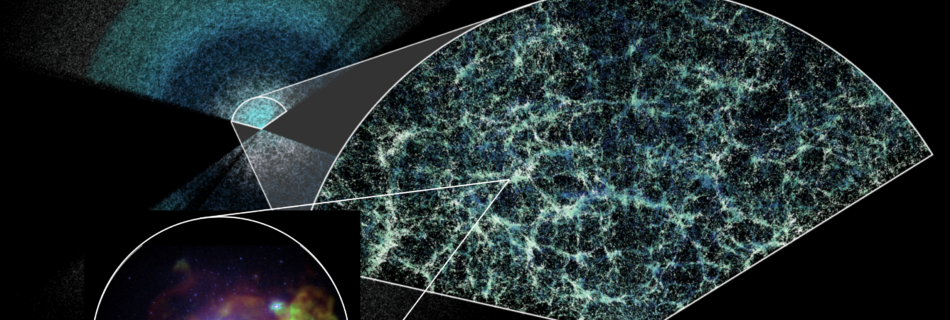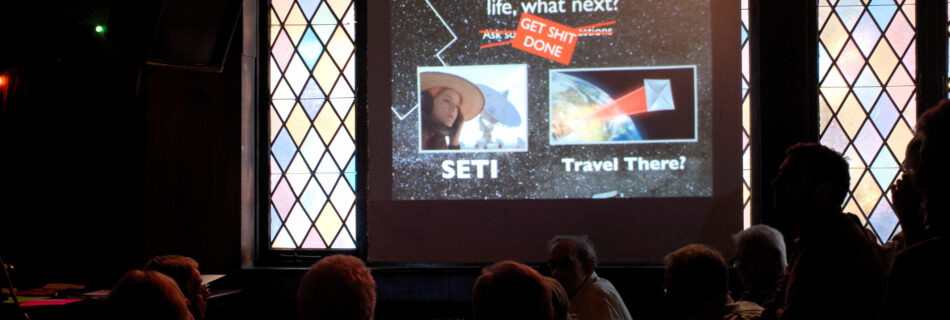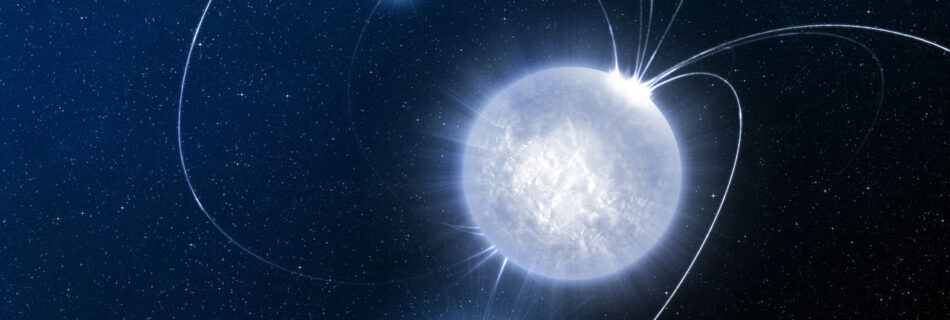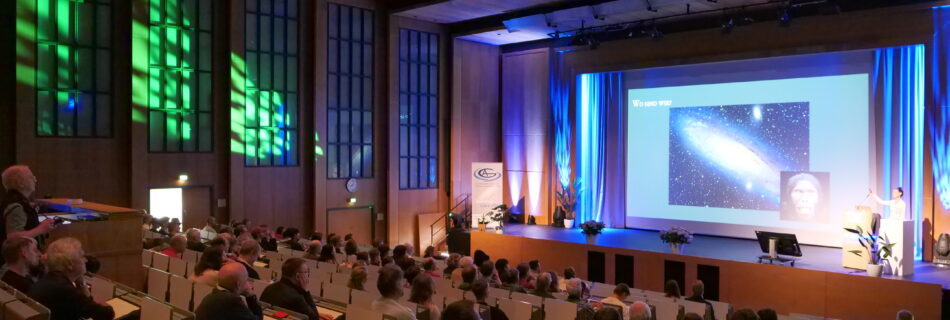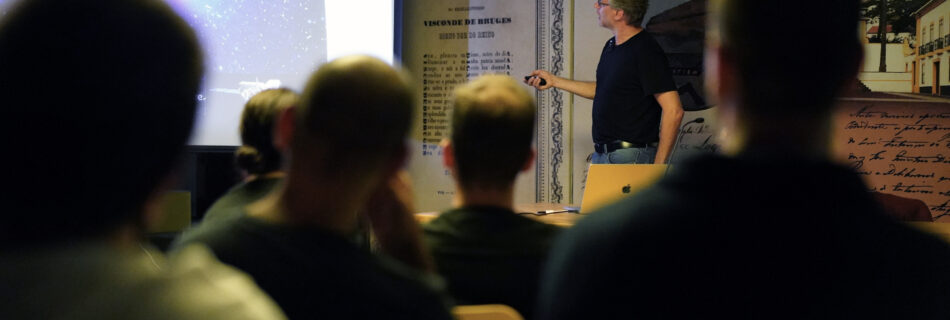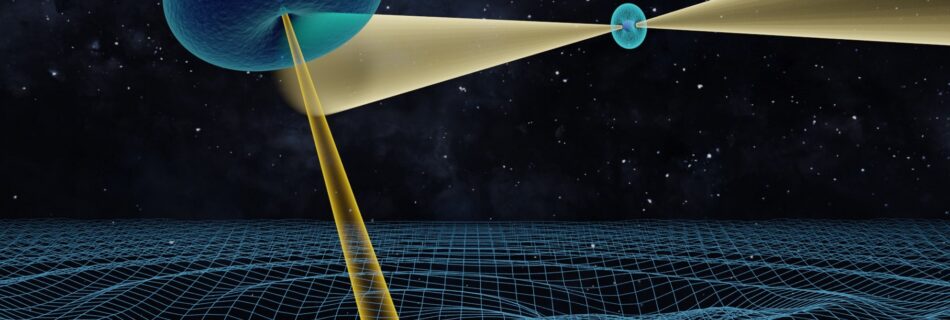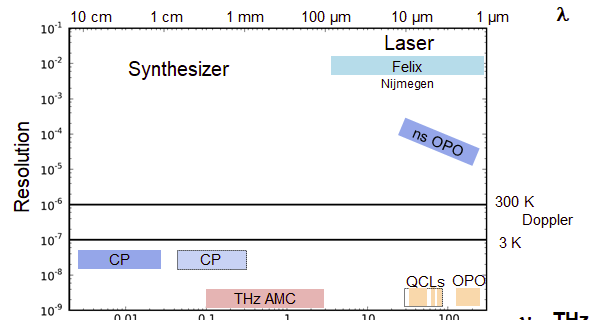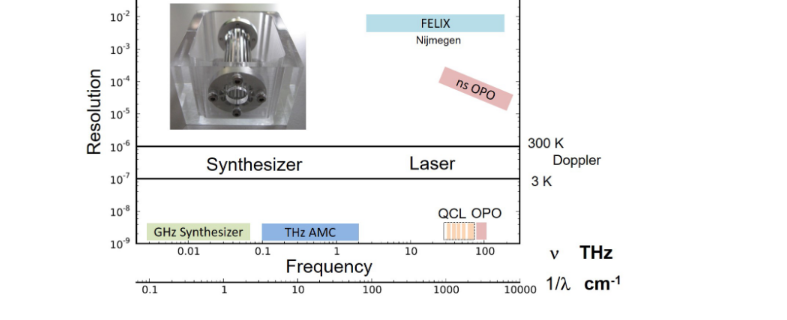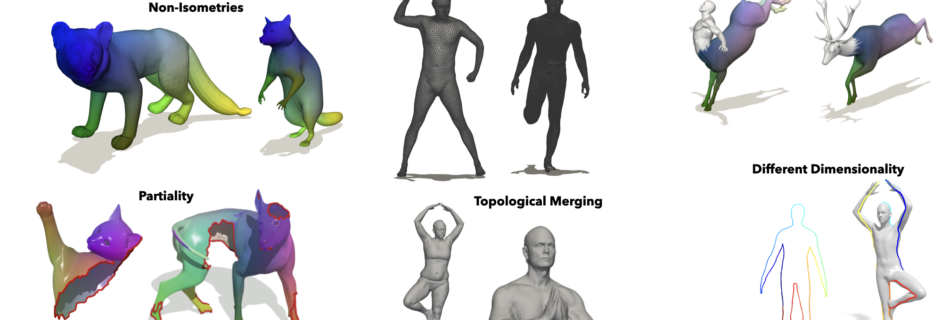From cosmic web to molecular clouds: the multiple scales of galaxy evolution
Prof. Dr. Amélie Saintonge, Invited Lecture, Heidelberg Joint Astronomical Colloquium, Heidelberg, Germany The interstellar medium plays a central role in the galaxy evolution process; it is the reservoir that fuels galaxy growth via star formation, the repository of material formed by these stars, and a sensitive tracer of internal and external processes that affect entire …
Read more “From cosmic web to molecular clouds: the multiple scales of galaxy evolution”

